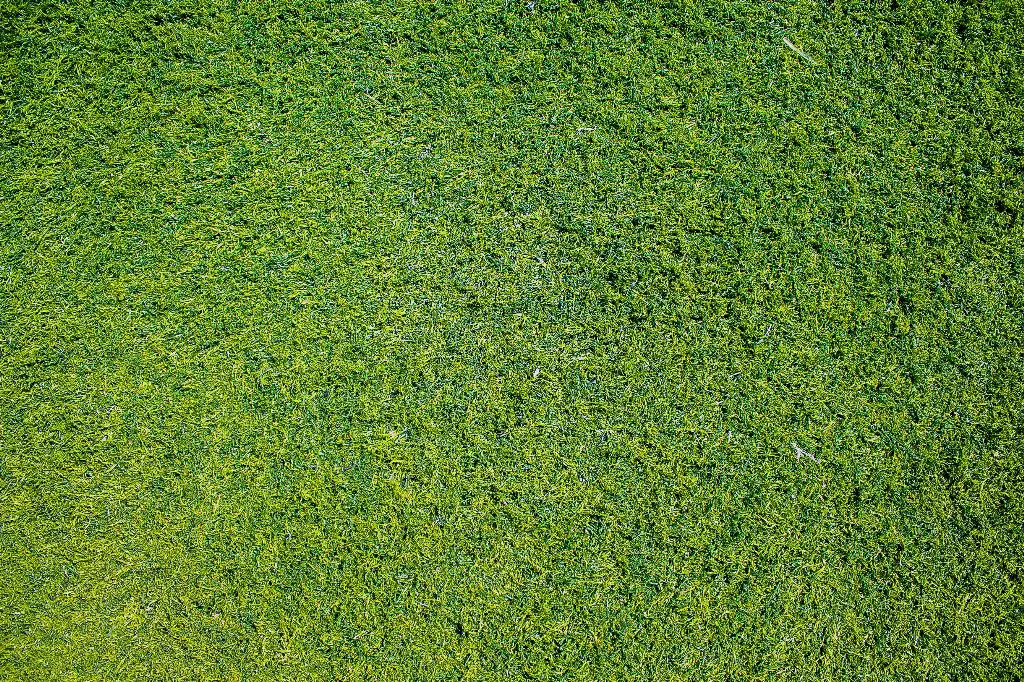If you’re looking to give your lawn a boost and improve its overall health and appearance, overseeding is a great option. By overseeding your lawn, you can fill in bare patches, introduce new grass varieties, and thicken up the turf, leading to a lush and vibrant lawn that you can be proud of.
Supplies Needed
Before you begin the overseeding process, make sure you have all the necessary supplies on hand. You will need grass seed, enriched topsoil, fertilizer, a rake, and a lawn mower. Additionally, if your lawn requires it, you may also need a dethatching tool and aerator to help prepare the soil for optimal seed germination.
Step 1: Prepare the Lawn
If your lawn has a thatch buildup or compacted soil, consider dethatching and aerating the lawn to promote better seed-to-soil contact. This step is crucial in ensuring that the grass seed will have the best possible conditions to germinate and establish strong roots.
Step 2: Mow the Lawn Short
Prior to overseeding, mow your lawn shorter than usual to allow the grass seed to come into direct contact with the soil. This will help the seeds germinate more effectively and prevent them from getting lost in taller grass blades.
Step 3: Remove Debris
Rake the lawn to remove any debris, such as dead grass, leaves, or branches, that could hinder seed germination. Clearing the surface of the lawn will create a clean and open space for the new grass seed to take root and grow.
Step 4: Add Enriched Topsoil
Spread a layer of enriched topsoil over the lawn to provide a nutrient-rich bed for the grass seed to grow in. This will help support healthy growth and development, giving your new grass the best possible start.
Step 5: Spread the Grass Seed
Evenly distribute the grass seed over the prepared soil surface using a broadcast spreader or by hand. Be sure to follow the recommended seeding rate for the specific grass variety you are planting to achieve the best results.
Step 6: Fertilize the New Grass
After spreading the grass seed, apply a starter fertilizer to promote strong root development and overall growth. Fertilizing the new grass will help it establish quickly and thrive in its new environment.
Step 7: Water Your Lawn Generously
Water the newly overseeded area consistently to keep the soil moist and promote germination. Be sure to water deeply but infrequently to encourage deep root growth and prevent shallow rooting.
Step 8: Maintain and Care for Your Lawn
As the new grass begins to grow, continue to water it regularly and monitor its progress. Avoid mowing the new grass until it reaches a height of at least 3 inches to allow for proper root establishment.

